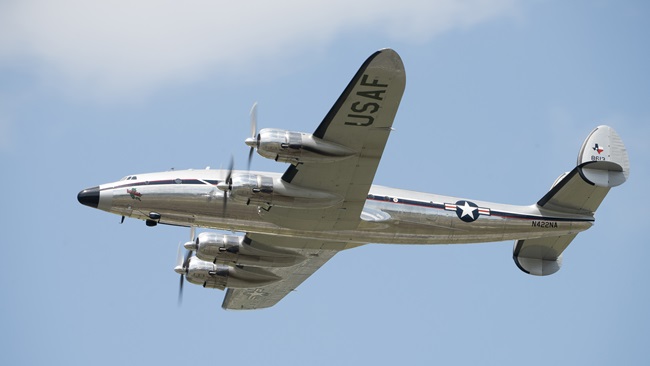The June 22, 2013, crash that claimed the lives of pilot Charlie Schwenker and wing walker Jane Wicker followed modifications to their planned routine at the Vectren Dayton Air Show near Dayton, Ohio.
The NTSB determined the probable cause was controlled flight into terrain, with low airspeed, altitude, and a modified maneuver contributing factors.
Investigators reconstructed the final seconds of the ill-fated flight in exacting detail, using several videos and still photographs taken by spectators who watched the horrible scene unfold seconds after the modified Stearman rolled nearly inverted for a low pass with Wicker perched on the bottom of the left wing. Schwenker stopped the roll about 24 degrees short of fully inverted, and with that bank still in, the aircraft began to angle toward a Boeing 757 parked outside of the performance area. Having slowed from 106 to 84 knots during a maneuver with a target speed of 110 knots, Schwenker attempted to roll upright, rolling to the right instead of the usual left. The Stearman abruptly pitched during that attempted roll and struck the ground. No mechanical problems were found; the NTSB could not determine if Schwenker was attempting to break off the maneuver to remain in the performance area, avoid overflying the crowd, avoid hitting the nearby 757, or “a combination of those factors.”
Veteran airshow pilot Sean D. Tucker, who witnessed the crash, told the Dayton Daily News that Schwenker made a mistake.
“It’s clear that to me that it was pilot error,” Tucker told the newspaper. “There was nothing wrong with the airplane and it was a flawed maneuver. He executed it poorly.”
The NTSB noted, in an online summary of the probable cause finding, that the maneuver was being flown differently.
“An airshow crewmember reported hearing the wing walker telling the pilot before the airshow performance that he had previously flown too fast when she was walking along the wing to position herself,” the summary states. “It is likely that the pilot flew a more gradual maneuver to reduce the forces against the wing walker while she repositioned herself on the wing, which resulted in the entry into the maneuver not being set up as expected and created a tighter turn radius.”
Wicker’s family and friends have banded together to rebuild Aurora, as Wicker dubbed the Stearman, and fly it to airshows in tribute to both pilot and wing walker. Wicker was featured in the November 2011 issue of AOPA Pilot.



